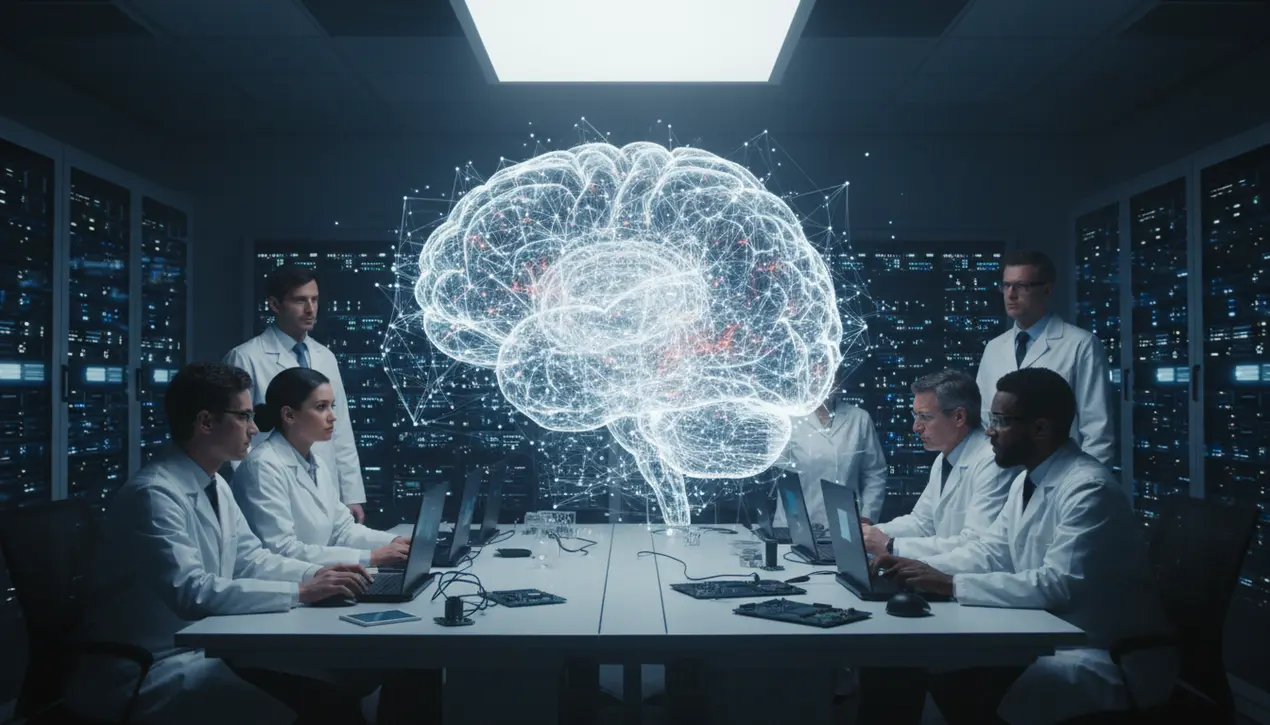
ScienceneuroscienceBrain Mapping
Supercomputer creates the most realistic virtual brain ever
KE
Kevin White
2 hours ago7 min read
In a staggering leap for computational neuroscience, a team of researchers has harnessed the raw, planet-scale power of Japan’s Fugaku supercomputer to construct the most breathtakingly realistic virtual mouse cortex ever conceived—a digital brain so intricate it doesn't just simulate structure but actually behaves like a living system. This isn't merely a static map; it's a dynamic, pulsing network teeming with millions of neurons and tens of billions of synapses, a virtual organ that allows scientists to witness the precise, step-by-step pathogenesis of neurological scourges like Alzheimer's and epilepsy in a way that was previously the sole domain of invasive, often ethically fraught, experiments on real tissue.Imagine being able to track, in hyper-slow motion and with atomic-level precision, how a single misfired signal cascades into a full-blown seizure, or how the characteristic amyloid plaques of Alzheimer's gradually strangle neural pathways, effectively letting researchers rewind and fast-forward the entire life cycle of a disease. This project, sitting squarely at the explosive intersection of AI and biology, represents a fundamental paradigm shift, moving us from passive observation to active, predictive intervention in brain science.The implications are as vast as the simulation itself: we are now entering an era where we can conduct 'digital biopsies,' running thousands of parallel experiments in silico to test novel pharmaceutical compounds or deep brain stimulation protocols without ever touching a living animal, dramatically accelerating the pace of discovery for conditions that have stubbornly resisted cure. The Fugaku supercomputer, once the world's fastest, provides the necessary computational musculature for this endeavor, crunching petabytes of biological data to animate this digital cortex, a feat that would have been pure science fiction just a decade ago.This is the logical, monumental next step following earlier projects like the Blue Brain Project, but with a resolution and behavioral fidelity that brings us closer than ever to a true 'in-silico' counterpart for complex biological systems. For the future of medicine, this means we are not just treating symptoms but beginning to decode the very core algorithms of brain dysfunction, potentially leading to personalized neural simulations for patients, where a digital twin of their own brain could be used to pre-test treatments for maximum efficacy and minimal side effects. The work heralds a new chapter in biotech, one where the lines between biological wetware and computational hardware blur, opening a new path not only for studying brain function and tracking how damage spreads across neural circuits but for ultimately engineering solutions to some of humanity's most persistent and devastating neurological challenges.
#featured
#supercomputer
#virtual brain
#mouse cortex
#neuroscience
#Fugaku
#Alzheimer's research
#neural simulation
Stay Informed. Act Smarter.
Get weekly highlights, major headlines, and expert insights — then put your knowledge to work in our live prediction markets.
Related News
Comments
Loading comments...
© 2025 Outpoll Service LTD. All rights reserved.